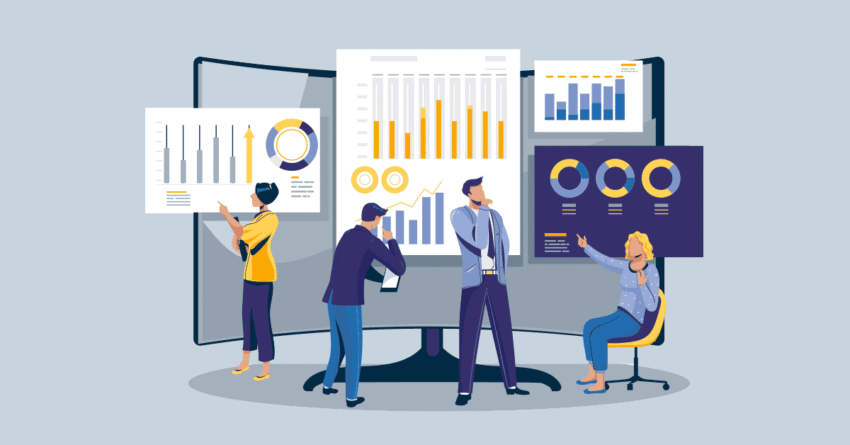Imagine you’ve invested time, money, and effort into building your website. You’ve designed it beautifully, added content, optimized it for search engines, and even run a few ads. But here comes the big question — is it really paying off? This is where ROI, or Return on Investment, comes into play. Website ROI measures the value your site generates compared to the resources you’ve put in. It’s not just about sales; it’s about leads, sign-ups, clicks, or any action that moves your business forward.
For example, if you spent ₹50,000 on your website and marketing efforts, and it generates ₹1,50,000 in revenue, your ROI is 200%. In other words, your investment doubled. But calculating ROI isn’t only about numbers. It’s also about understanding what drives results — the pages that convert best, the marketing channels that bring the right audience, and the elements that encourage visitors to take action.
Tracking website ROI means looking at metrics like traffic, conversion rates, lead value, and overall revenue, while keeping an eye on your total costs. By understanding these numbers, you can see what’s working and where improvements are needed. Maybe a landing page needs a clearer call-to-action, or your blog posts could target more relevant keywords.
Optimizing your website for ROI is about more than money — it’s about creating a platform that works efficiently for your business. Improving user experience, focusing on conversions, and analyzing performance regularly can turn your website into a powerful tool that not only covers its costs but helps your business grow.
In short, website ROI tells the story of how well your digital presence translates into real results. It helps you make smarter decisions, improve performance, and achieve meaningful growth — turning your website from a simple online space into a true business asset.
for more visit website : athulsherlin.com

